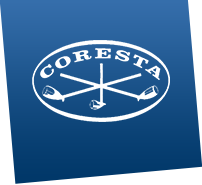51st TWC, Tob. Work. Conf., 2024, abstr. 01
The history and importance of tobacco production in Tennessee

Burley Stabilization Corporation, Springfield, TN, USA
Reference only. Abstract submission was on a voluntary basis....

